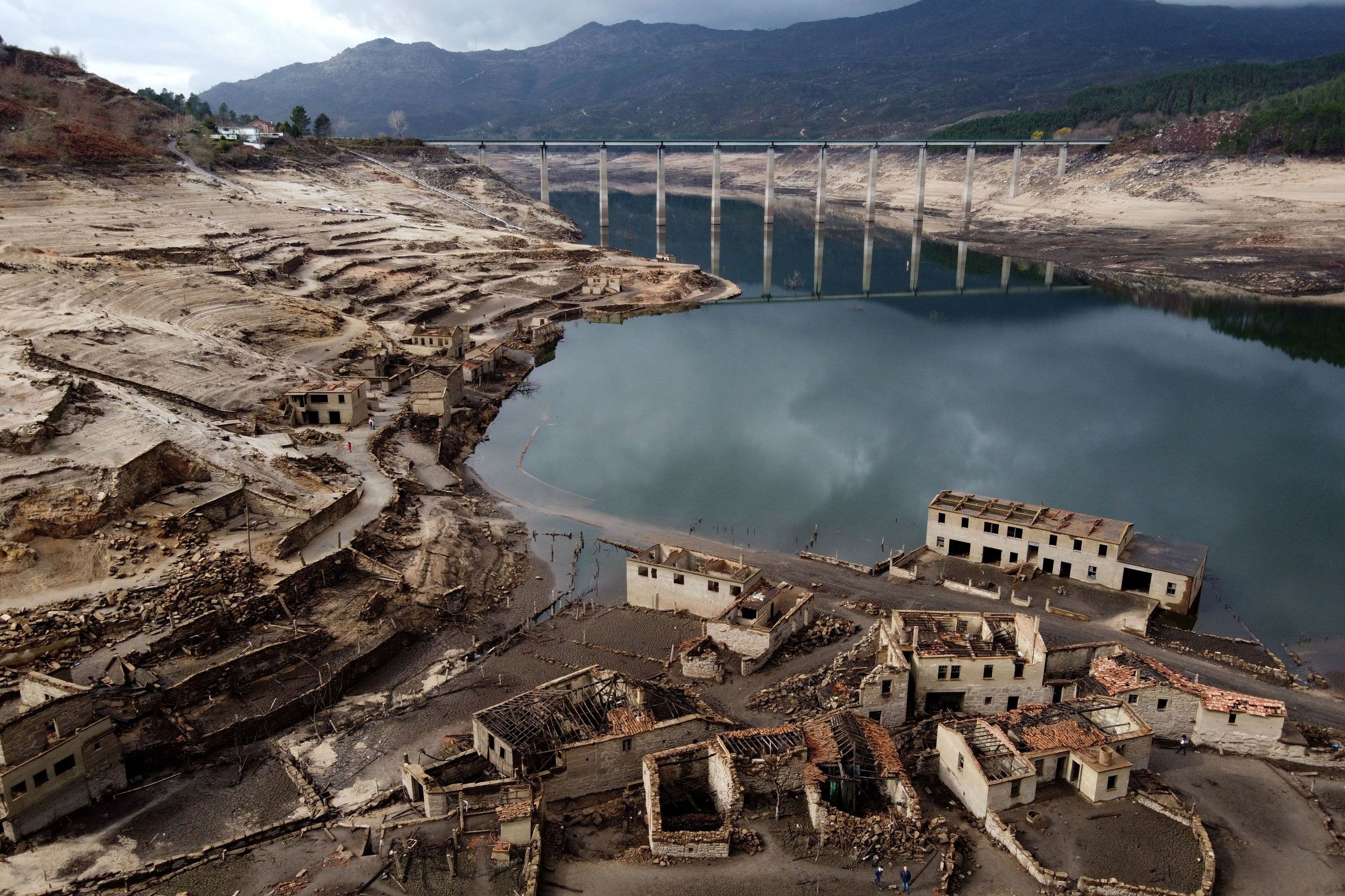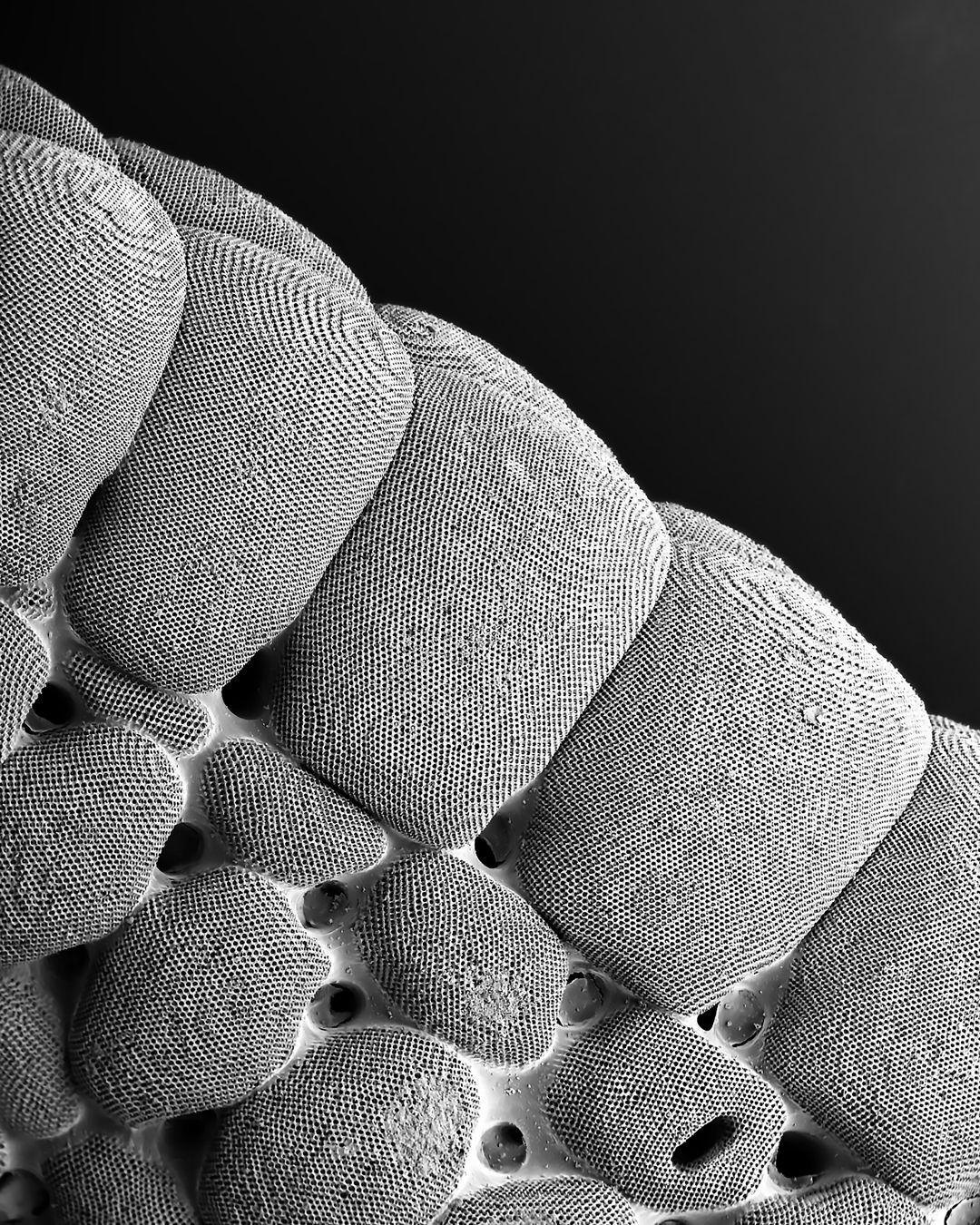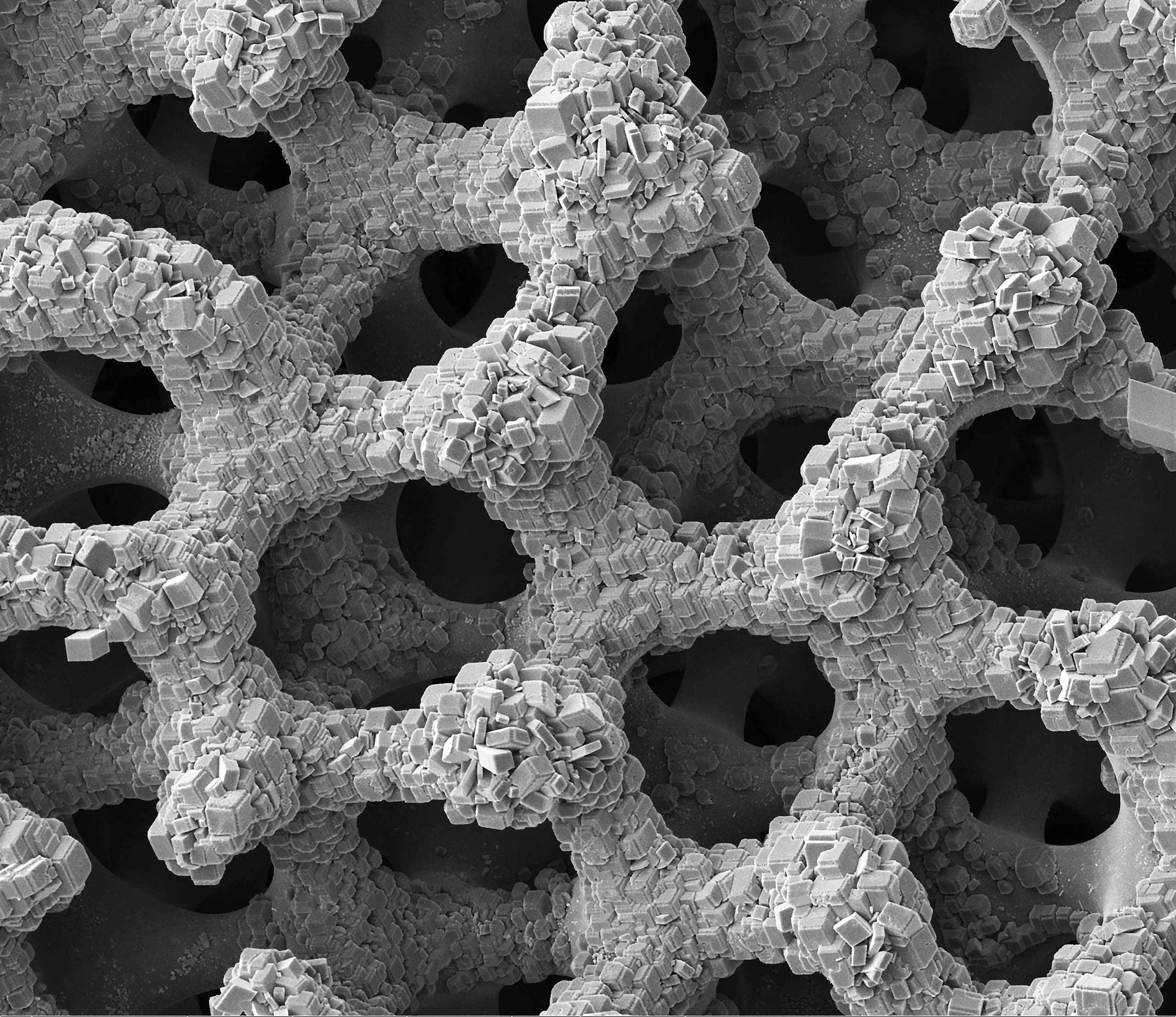Starfish, sharks and space-telescope selfie — February’s best science images
The month’s sharpest science shots, selected by Nature’s photo team.

Lost village. The ghostly ruins of Aceredo in northwestern Spain have emerged from the Lindoso reservoir after an exceptionally dry winter. The village has been submerged for three decades since it was flooded to create the reservoir for a hydroelectric dam, and it is not unusual to see rooftops poking above the water’s surface in the summer. But after two months without rain, the level of the reservoir has dropped enough to reveal entire buildings and streets.

Credit: Ling Li
Credit: Ling Li

Starfish skeleton. This scanning electron micrograph shows an ultra-close-up view of parts of a starfish skeleton known as ossicles. Their highly ordered lattice structure makes them light but strong and damage resistant.

Credit: Rafael Fernandez Caballero/UPY 2022
Credit: Rafael Fernandez Caballero/UPY 2022
Whale of a time. Photographer Rafael Fernandez Caballero was diving at night in the Maldives when he captured this rare image of five whale sharks (Rhincodon typus) together. The golden light of a boat above illuminates the sharks as they rise from the depths to feed on plankton. The image won the Underwater Photographer of the Year 2022 competition.

Credit: Isidora Bojovic/Science Museum Group
Credit: Isidora Bojovic/Science Museum Group
Mathematical doodles. A temporary exhibition at the Science Museum in London showcases the contents of the late cosmologist Stephen Hawking’s office. This heavily graffitied blackboard is one of the objects on display. Hawking kept it as a treasured souvenir of an international conference he organized in Cambridge, UK, in 1980. Participants doodled equations, cartoons and jokes all over the blackboard. Some of the scribbles refer to the name and nationality of co-organizer Martin Roček; others depict creatures named after mathematical tools.

Oil spill. A marine biologist near the island of Koh Samet in Thailand assesses a coral reef for signs of damage after a broken pipeline nearby leaked hundreds of thousands of litres of crude oil into the sea. Authorities feared the spill would wash ashore and affect tourist beaches, but later said that efforts to disperse and divert the oil had been successful. The clean-up operation is ongoing.

Credit: NASA
Credit: NASA
Mirror selfie. The James Webb Space Telescope took its first selfie in early February. The telescope used a special lens inside its near-infrared camera (NIRCam) to capture a picture of the segments of its own primary mirror. It isn’t taking selfies just for fun — this feature helps to check mirror alignment. The bright segment is pointing at a star, and the others are not in the same alignment.

Credit: ESO/Jaffe, Gámez-Rosas et al.
Credit: ESO/Jaffe, Gámez-Rosas et al.
Hidden black hole. Detailed observations of the centre of the galaxy Messier 77 have revealed a supermassive black hole hiding in a cloud of cosmic dust. The findings offer insight into mysterious structures at the centres of some galaxies, known as active galactic nuclei. These bright objects are powered by supermassive black holes, which consume large volumes of dust and gas. The material spirals towards the black hole in a process that releases huge amounts of energy. Detailed images, along with analyses of changes in the dust’s temperature, allowed astronomers to build a picture of the cloud and pinpoint the black hole’s location.

Messier 77. Credit: ESO/Jaffe, Gámez-Rosas et al.
Messier 77. Credit: ESO/Jaffe, Gámez-Rosas et al.

Credit: Sahar Saleem
Credit: Sahar Saleem
Brutal attack. Computed tomography has shed new light on how the ancient Egyptian Pharaoh Seqenenre-Taa-II met his demise. Scans of the ruler’s 3,600-year-old mummified remains show several brutal head injuries that seem to have been inflicted by various weapons, from different angles. These findings suggest that he was captured and executed during a battle, rather than being assassinated in his palace while he slept, as had been suggested. The mummy was found in the 1880s, and studies including X-ray investigations in the 1960s revealed his head wounds. The circumstances surrounding his death have been a source of speculation ever since.